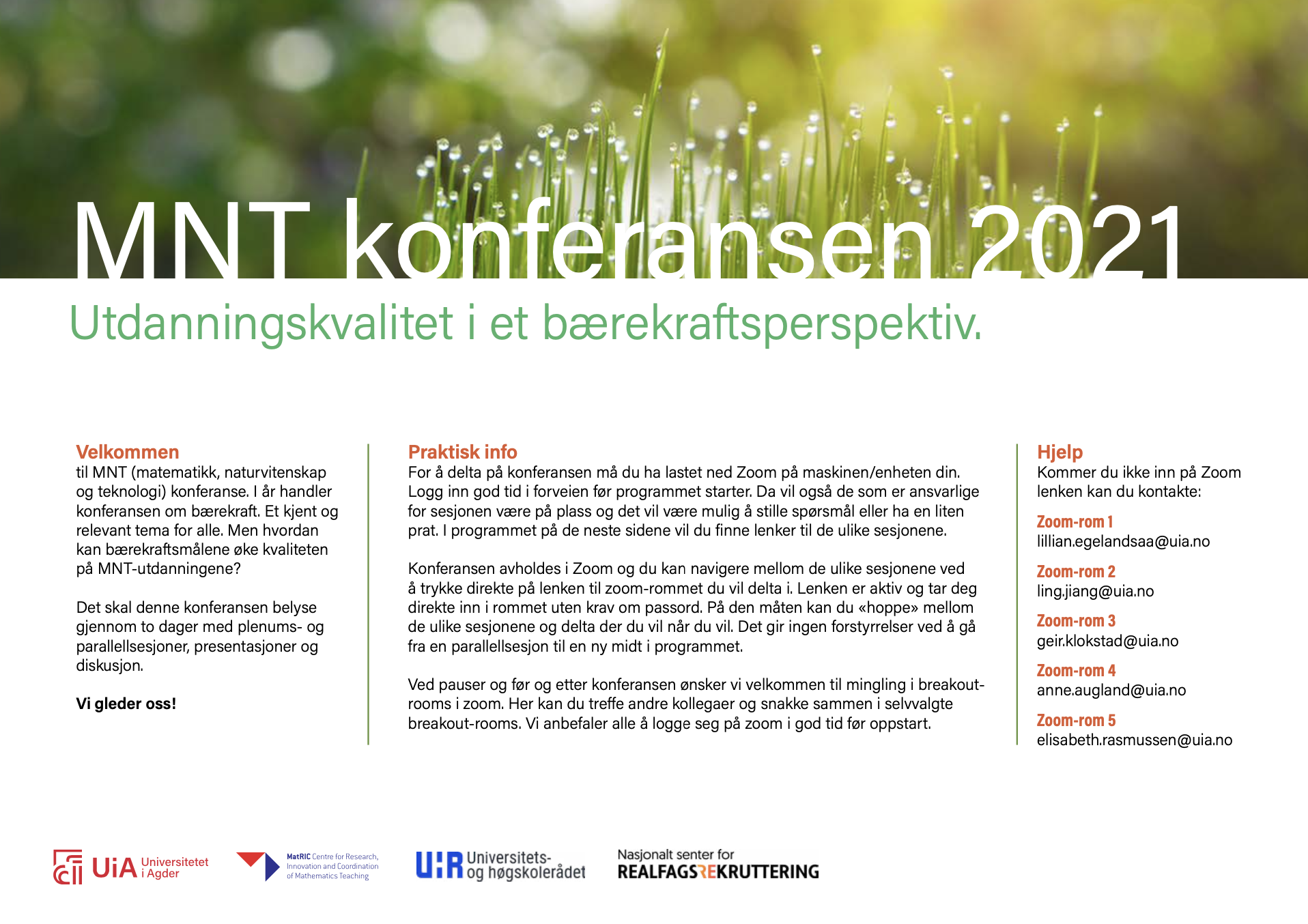Differences in Norwegian and Swedish student teachers’ explanations of solutions of linear equations
DOI:
https://doi.org/10.5324/njsteme.v5i1.3885Abstract
This study draws on data from 146 Norwegian and 161 Swedish student teachers. They were given a correct but short and unannotated solution to the linear equation x + 5 = 4x – 1. The student teachers were invited to explain the solution provided for a fictive friend, who was absent when the teacher introduced this topic. An accurate solution of this equation contains two additive and one multiplicative operation.
There are two main strategies for solving a linear equation, ‘swap sides swap signs’ (SSSS) and ‘do the same to both sides’ (DSBS). Of the Norwegian student teachers, 2/3 explained the additive steps in the solution by SSSS, while only 1/3 of the Swedish student teachers applied SSSS. Consequently, DSBS was more frequent among the Swedish student teachers regarding the additive steps. However, in the final, multiplicative step, 3/4 of the Norwegian student teachers chose to explain by DSBS. On the contrary, among the Swedish student teachers the proportion applying DSBS for the multiplicative step of the solution decreased, and almost as many provided a deficient explanation of the final operation.
We discuss possible reasons for differences between the nations. We also suggest how teacher educators in both countries can use the results of this study to improve student teachers’ explanations of how to solve linear equations.
Downloads
Downloads
Published
Issue
Section
License
Copyright (c) 2021

This work is licensed under a Creative Commons Attribution 4.0 International License.
The Nordic Journal of STEM Education licenses all content of the journal under a Creative Commons Attribution (CC-BY) licence. This means, among other things, that anyone is free to copy and distribute the content, as long as they give proper credit to the author(s) and the journal. For further information, see Creative Commons website for human readable or lawyer readable versions.
Authors who publish with this journal agree to the following terms:
1. Authors retain copyright and grant the journal right of first publication with the work simultaneously licensed under a Creative Commons Attribution License that allows others to share the work with an acknowledgement of the work's authorship and initial publication in this journal.
2. Authors are able to enter into separate, additional contractual arrangements for the non-exclusive distribution of the journal's published version of the work (e.g., post it to an institutional repository or publish it in a book), with an acknowledgement of its initial publication in this journal.
3. Authors are permitted and encouraged to post their work online (e.g., in institutional repositories or on their website) prior to and during the submission process, as it can lead to productive exchanges, as well as earlier and greater citation of published work (See The Effect of Open Access

